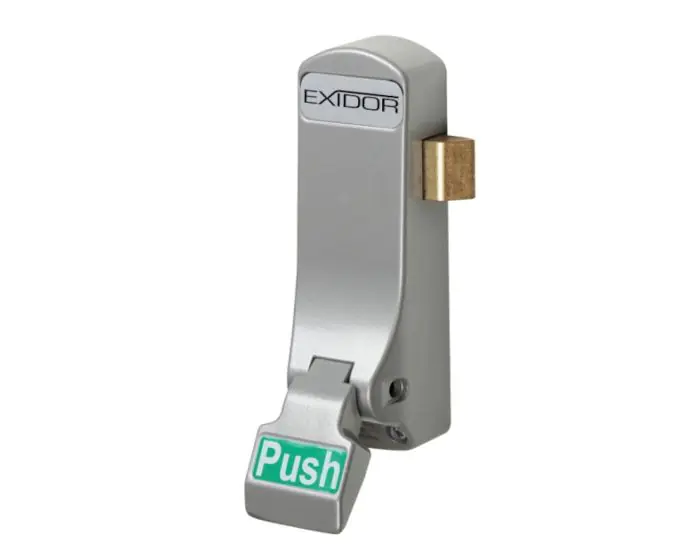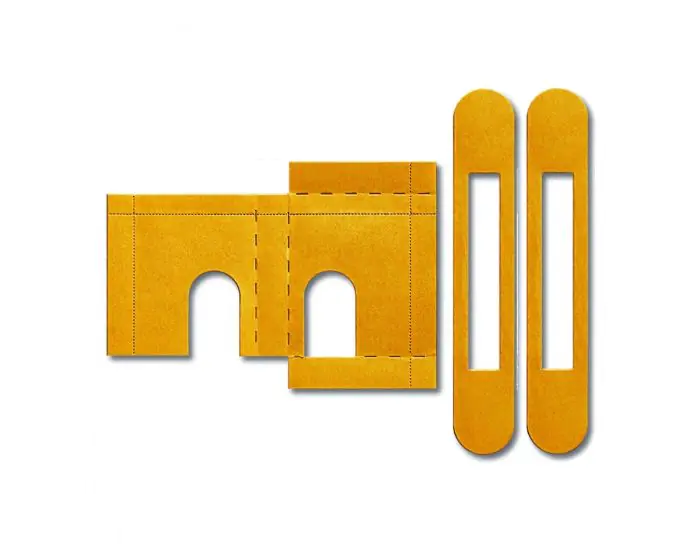Need Help? Contact Us Trade Customer? Register / Login
Home Fire Hazards: How to Stop & Prevent Them
A fire in your home can be devastating, putting your property and loved ones at risk. While we often take steps to secure our homes, many fire hazards go unnoticed until it’s too late. Recognising and addressing these hazards early is key to maintaining a safe home environment.
At G Johns & Sons Ltd, we’ve been exploring the most common fire hazards found in households and identifying practical prevention tips to help protect your home. In this guide, we’ll highlight these hazards and show how high-quality door hardware can play a vital role in fire safety.


Common Causes of Fires in the Home
Cooking Fires
About 60% of home fires start in the kitchen and the leading cause of this is cooking-related fires - often the result of unattended cooking and overheating oils. Grease fires from frying oil can escalate quickly, and flammable objects like tea towels or wooden utensils left too close to the stove add to the risk.
Prevention Tips:
- Never leave cooking unattended
- Never add water to hot oil
- Ensure all gas and heating appliances are turned off after use
- Clean greasy surfaces
- Ensure proper ventilation when cooking
- Keep a fire blanket or home extinguisher in the kitchen
Electrical Fires
Faulty or overloaded electrical systems are a common fire hazard. Overloaded sockets, outdated wiring, or damaged appliances can overheat and ignite. Overloading extension cords also significantly increases the fire risk by overloading the socket.
Prevention Tips:
- Avoid overloading extension cords and power outlets
- Regularly check wiring, plugs and cords for damage
- Keep any drinks and liquids away from electricals to prevent spills which can cause short circuits or fires
- Invest in a surge protector
- Regular electrical system checks
Dryer Machines
Home dryer machines are a fire hazard due to the high heat generated by them. Clogged lint filters and blocked vents in tumble dryers are a frequent causes of home fires. The heat generated by dryers can ignite lint, which is highly flammable. As well as this, it is important to look at what is going into the dryer too. Items like tea towels with oil residue can overheat and catch fire if placed in the dryer.
Prevention Tips:
- Clean the lint filter after every use
- Ensure dryer vents are clear
- Avoid overloading the dryer as this leads to overheating
- Be cautious about what you put in the dryer - items with oil residue can easily combust under high heats
Candles and Open-Flames
Candles and lint burners left unattended or placed near flammable materials, such as curtains or paper, are a significant fire hazard.
Prevention tips:
- Place candles on stable, fireproof surfaces
- ALWAYS extinguish candles before leaving a room
- Try to use LED candles as a safer alternative
Smoking Indoors
Smoking is another major cause of fires, often due to carelessly discarded cigarette butts or ashes. Fires caused by smoking often spread quickly because upholstery and soft furnishings ignite easily and burn rapidly.
Prevention Tips:
Always smoke outdoors whenever possible to minimise the risk of fire
Use fire-safe ashtrays
Avoid smoking in bed or when feeling tired to reduce the risk of accidental fires
Fully extinguish cigarette butts before disposing of them in a bin - avoid mixing them with flammable materials like paper or dry leaves
Heating Equipment
Electric heaters, space heaters and fireplaces can cause fires if placed too close to flammable materials. All of these heaters need to be uncovered and in a well-ventilated area. Unmaintained chimneys or malfunctioning central heating systems also pose risks.
Prevention Tips:
- Keep heating devices at least 1 metre away from furniture, curtains and other materials
- Schedule regular chimney and heating system maintenance
- Use space heaters with automatic shut-off features
Flammable Liquids and Materials
Flammable liquids such as petrol, paint thinners and cleaning products can lead to fires if not stored properly. These liquids should be kept away from any heat sources and ideally out of the house and in garages or sheds.
Prevention Tips:
- Store flammable items in fireproof containers
- Keep them away from heat sources and ensure proper ventilation
Neglected Fire Alarms
People who don’t have a fire alarm are eight times more likely to die in a home fire. Not having a fire alarm or failing to replace dead batteries significantly reduces the chances of detecting a fire early.
Prevention Tips:
- Test smoke alarms monthly and replace batteries regularly
- Install alarms in key areas, including kitchens, hallways, and bedrooms
- Replace outdated smoke detectors every 10 years
The Role of Door Hardware in Fire Safety
High-quality door hardware plays a crucial role in slowing the spread of fire and providing more time for evacuation. Here’s how:
Fire-Rated Doors
Fire-rated doors are designed to contain fires and prevent them from spreading to other parts of the home. They can withstand extreme heat for a specified period, buying valuable time for occupants to escape. Fire-rated hinges are an essential component of these doors. They are constructed to endure high temperatures without warping or compromising the door's integrity. Investing in certified fire-rated hinges ensures that the door functions effectively under fire conditions, maintaining a secure barrier against flames and smoke.
Door Closers
Automatic door closers are vital for fire safety as they ensure that doors close securely after being opened. This prevents the spread of flames and smoke, keeping the fire contained within one area. Door closers with adjustable speed and strength settings are ideal, allowing for smooth and controlled closing while maintaining fire protection.
Locks and Handles
In an emergency, easily operable locks and door handles can make all the difference. Quick-to-open designs allow for faster evacuation while still maintaining home security.
Push-bar handles, commonly used in shared residential spaces, are particularly effective for fire exits, as they enable doors to be opened quickly under pressure. Visible fire exit signs are also good alongside fire exits in apartments and flats. These guide occupants to the nearest safe escape route, ensuring everyone can evacuate efficiently and avoid confusion during an emergency.


Intumescent Door Seals
Intumescent door seals are made from special materials that expand and seal a door once they come into contact with extreme heat. They prevent smoke and heat from passing through gaps in door frames, containing the fire to one area for longer.


Keeping Your Home Safe with G Johns
G Johns & Sons Ltd offers a range of fire-rated door hardware designed to enhance home safety. From fire doors and intumescent strips to smoke seals and door closers, our products provide superior protection in the event of a fire. Investing in high-quality hardware is a proactive step toward safeguarding your home and loved ones.
Explore G Johns today to find the proper fire-rated door hardware for your property. For more information on choosing the right door hardware for your home, please get in touch!
